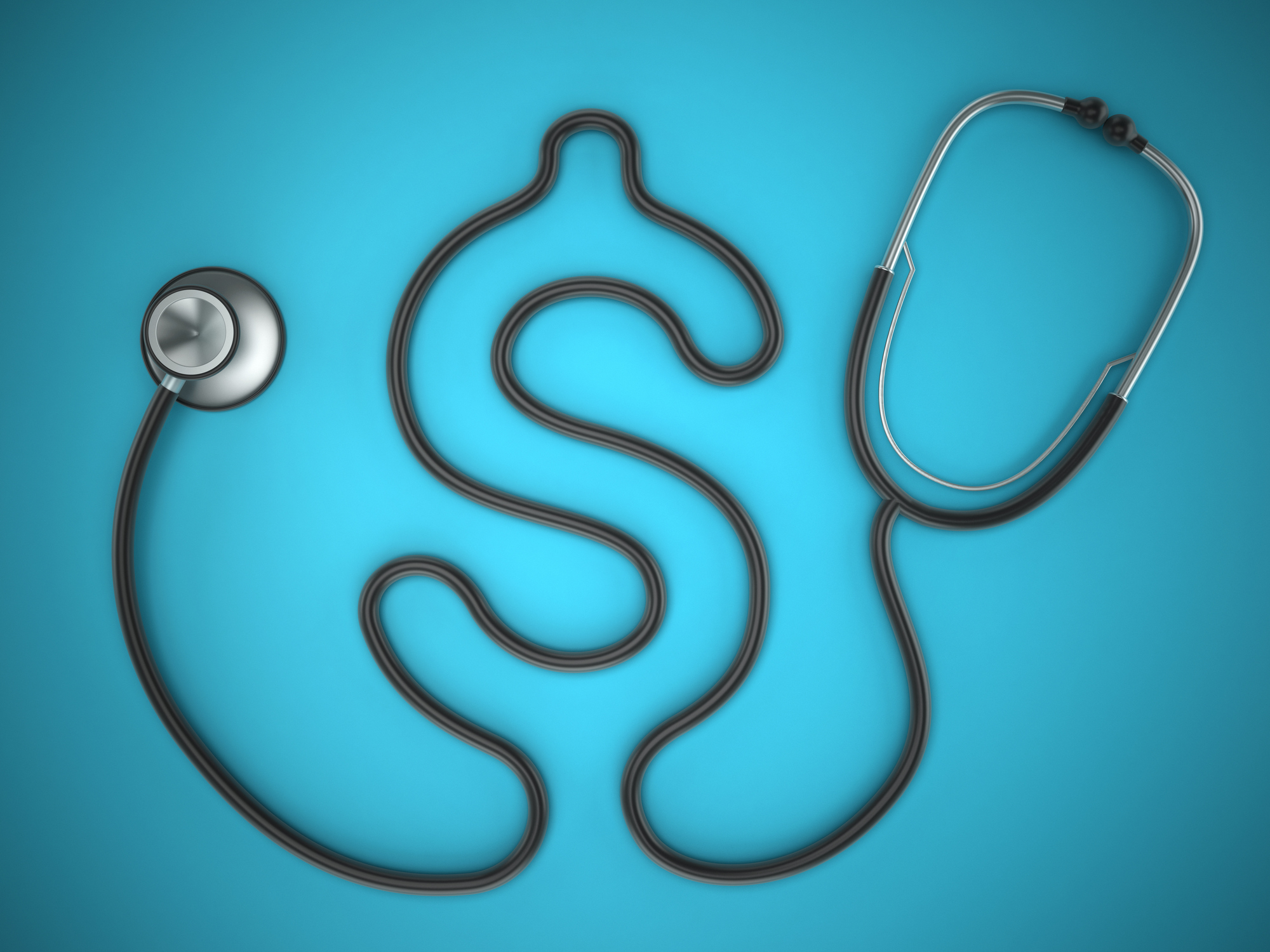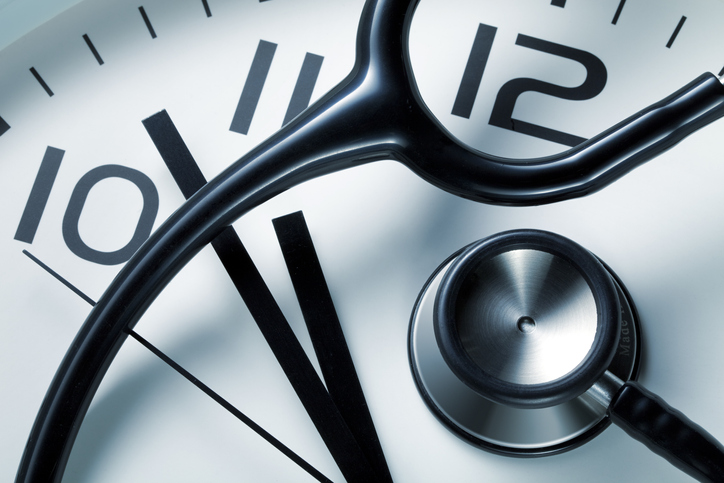Early on, the possibility of space travel was put into doubt by one simple question: Would the human body survive the lack of gravity? Scientists were not sure how gravity would affect an astronaut’s blood pressure and circulation as well as his or her respiration.
For years NASA sent animals into space in order to test the affects. Some of the animals managed to survive, but not all were so lucky. Part of the testing process included attaching medical monitoring devices to the animals. These devices transmitted valuable biometric data to the scientists on Earth via a telemetric link.
Then in 1961, Russian cosmonaut Yuri Gagarin succeeded in becoming the first human to travel into space and return unharmed. That didn’t stop scientists from trying to determine whether space exploration had any other physiological or psychological effects on the human body though.

With the Rise of AI, What IP Disputes in Healthcare Are Likely to Emerge?
Munck Wilson Mandala Partner Greg Howison shared his perspective on some of the legal ramifications around AI, IP, connected devices and the data they generate, in response to emailed questions.
The medical equipment used in space exploration tests has come a long way over the years. Today, telemedicine is so advanced that it allows doctors, who are stationed on earth, to provide partial treatment to astronauts when necessary.
There is, however, the realization that in case of a major medical emergency crews aboard the International Space Station (ISS) can often return to Earth in time for treatment. Yet not all spaceflights into the solar system will be close enough to allow this. This is the primary reason scientists and doctors have worked together to come up with advanced medical tools that can be used in space. Over time, many of these medical devices even find their way into mainstream medicine.
Chest Sensor
A chest sensor is a complex device that is designed to measure blood oxygen levels in confined or extreme environments. Technology allows the sensor to be transferred to a tiny unit inserted into a regular earphone. It can measure how fast the heart is beating through infrared signals, even via a smartphone. The gadget can be used for the care of newborns, athletes involved in high-altitude sports or home-care observation.
Mini Disc for Blood Tests
Even though it might be hard to picture it, a unique gadget called a mini disc can run a great variety of miniaturized test procedures. The disk has a pinprick attached to it, and a single drop of blood is usually enough for ailments such as diabetes, kidney malfunction or a heart condition to be detected and diagnosed. Down on Earth the device can be utilized during surgeries as a substitute for expensive laboratory testing that is normally done.
Nanofibers for Damaged Nerves
Explained in simple terms, electrospun nanofiber platforms enhance 3D cell growth for the research of new drugs and regenerative medicine. This technology has been adapted from the colloidal nano-thrusters that try to compensate for the slight pressure produced by the sunlight, by electrospraying miniature liquid droplets. The tiny platforms can navigate the regrowth of cell tissue across gaps to treat nerve damage.
Dental Strips and Pins
These supportive elements are used instead of traditional wires for minimally invasive surgery. They have been particularly useful in splinting loose teeth together for additional strength. They are made out of a durable composite produced from glass fibers embedded in resin. The composite is often used in aerospace engineering, including the tail of the Airbus A380 and a space shuttle’s liquid oxygen system.
Microflow
Microflow is a smaller version of a laboratory tool used for bioanalysis and clinical diagnoses called a flow cytometer. It is equipped with an optical fiber-optic technology to find cells and biological molecules in a sample of liquid as they pass in front of a laser. The process takes about 10 minutes.
The machine weighs less than 22 lbs and occupies as much space as a toaster on a kitchen counter. That in itself makes the device easy to use in space. Additional tests are needed, but if the instrument proves to be successful in space, it would enable astronauts to diagnose and treat themselves and others. During long missions they could test the crew for various medical conditions without having to send samples to Earth for analysis.
On the ground, Microflow could reduce healthcare costs by allowing people in distant communities to be tested quickly for infectious diseases and other ailments. It could reduce the travel time for medical analysis, and help food and agricultural processing plants run on-site quality control tests.














